Month: November 2014
Hizballah Cavalcade: Hizballah al-Abrar: The Latest Hizballah Franchise in Iraq
NOTE: For prior parts in the Hizballah Cavalcade series you can view an archive of it all here.
—
Hizballah al-Abrar: The Latest Hizballah Franchise in Iraq
By Phillip Smyth
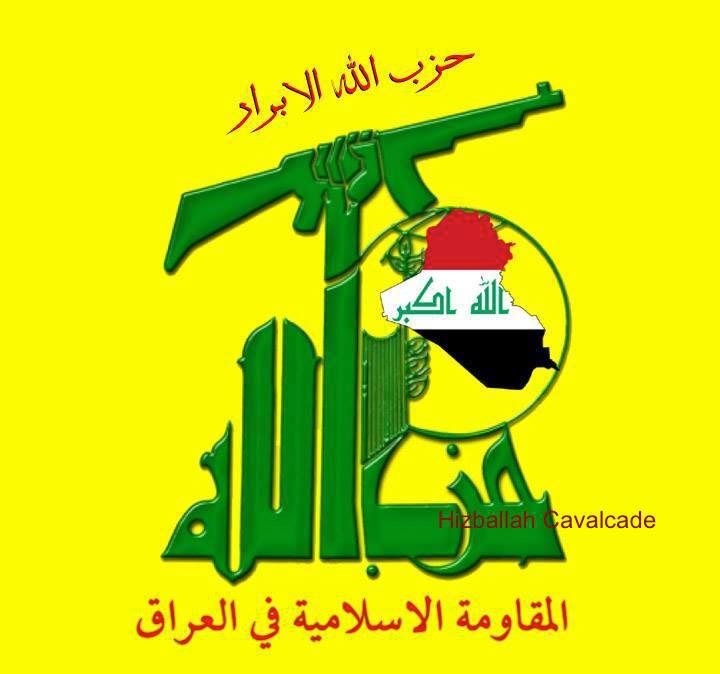
Figure 1: Hizballah al-Abrar
Hizballah al-Abrar (HAA or the Party of God of the Righteous) follows in the footsteps of a long line of new Shia militia organizations which have been announced in Iraq since June 2014. These groups often model their symbolism, organizational structures, and ideological profile on Lebanese Hizballah. Additionally, these groups commonly have strong links and at times have shared commanders with other established Shia militia proxies of Iran.
HAA is no exception, utilizing the official logo of Lebanese Hizballah with the addition of a stylized map of Iraq in the globe section of the symbol. The group, mirroring other Iranian proxy Shia groups in Iraq, Lebanon, and Syria, also refers to itself as “al-Muqawama al-Islamiyya fi al-Iraq” (The Islamic Resistance in Iraq). HAA has done little to hide its connections to Asa’ib Ahl al-Haq (AAH). If anything, HAA actually promotes the links. Furthermore, its connections to other organizations promoting Iran’s Khomeinist ideology have been featured in other photos.
HAA’s secretary general, Sheikh Fadhel al-Khaz’ali, has been prominently featured in the group’s propaganda releases and has been used to show the group’s links to Iran’s Iraqi proxy groups. In one photo, Khaz’ali is shown receiving an award from the Imam Khomeini Relief Foundation. In others, Khaz’ali is shown standing under the AAH banner.

Figure 2: This photo claims to show Sheikh Fadhel al-Khaz’ali recieving an award from the Imam Khomeini Relief Foundation.
Following a social media model which had been replicated by other newer Shia militias in Syria and Iraq, HAA initially published easily created images showing the group’s new symbol. Later, photos claiming to show fighters from the group, a more official looking fighting force, complete with patches, flags, and official statements began to appear after the group’s initial appearance on Facebook in August.
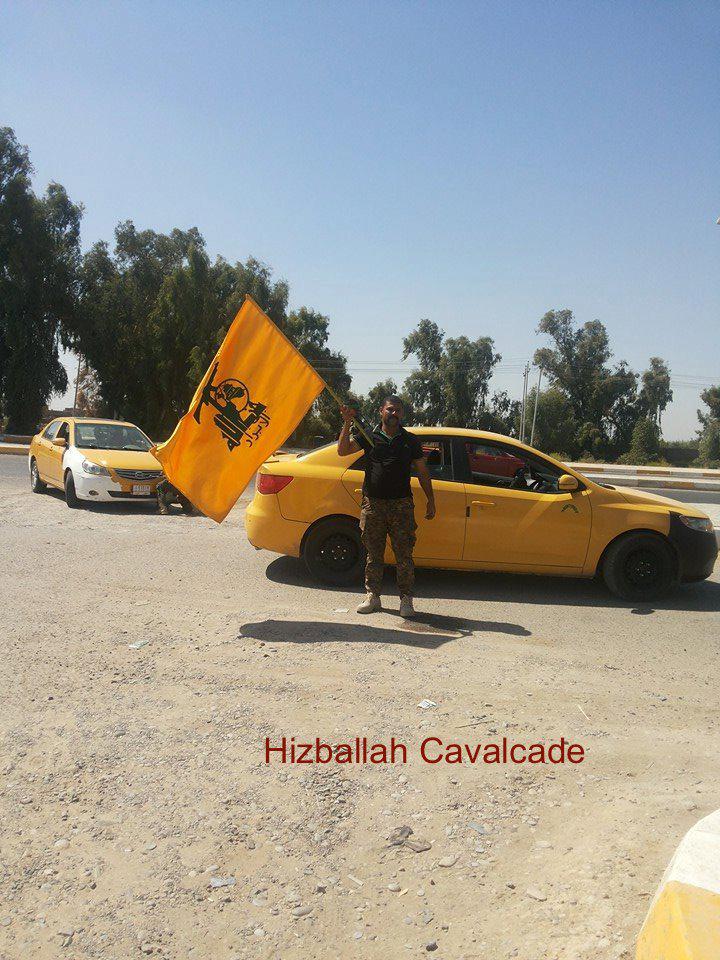
Figure 3: A HAA fighter holding the group’s flag. This picture claimed to show HAA fighters heading to the Battle of Amerli.
In terms of combat deployments, the group has claimed it sent fighters to Amerli, Diyala, Baghdad, and the key battlefront of Jurf al-Sakhr. In a video released on October 28, 2014, HAA combatants waved the group’s flag along with that of Karbala-based Shia militia, Firqat al-‘Abbas al-Qataliya – al-Dafa’ ‘an Muqadisat al-Iraq (The Abbas Fighting Group – Defenders of the Iraqi Holy Sites) in what appeared to be an impromptu celebration commemorating recent victories in Jurf al-Sakhr.
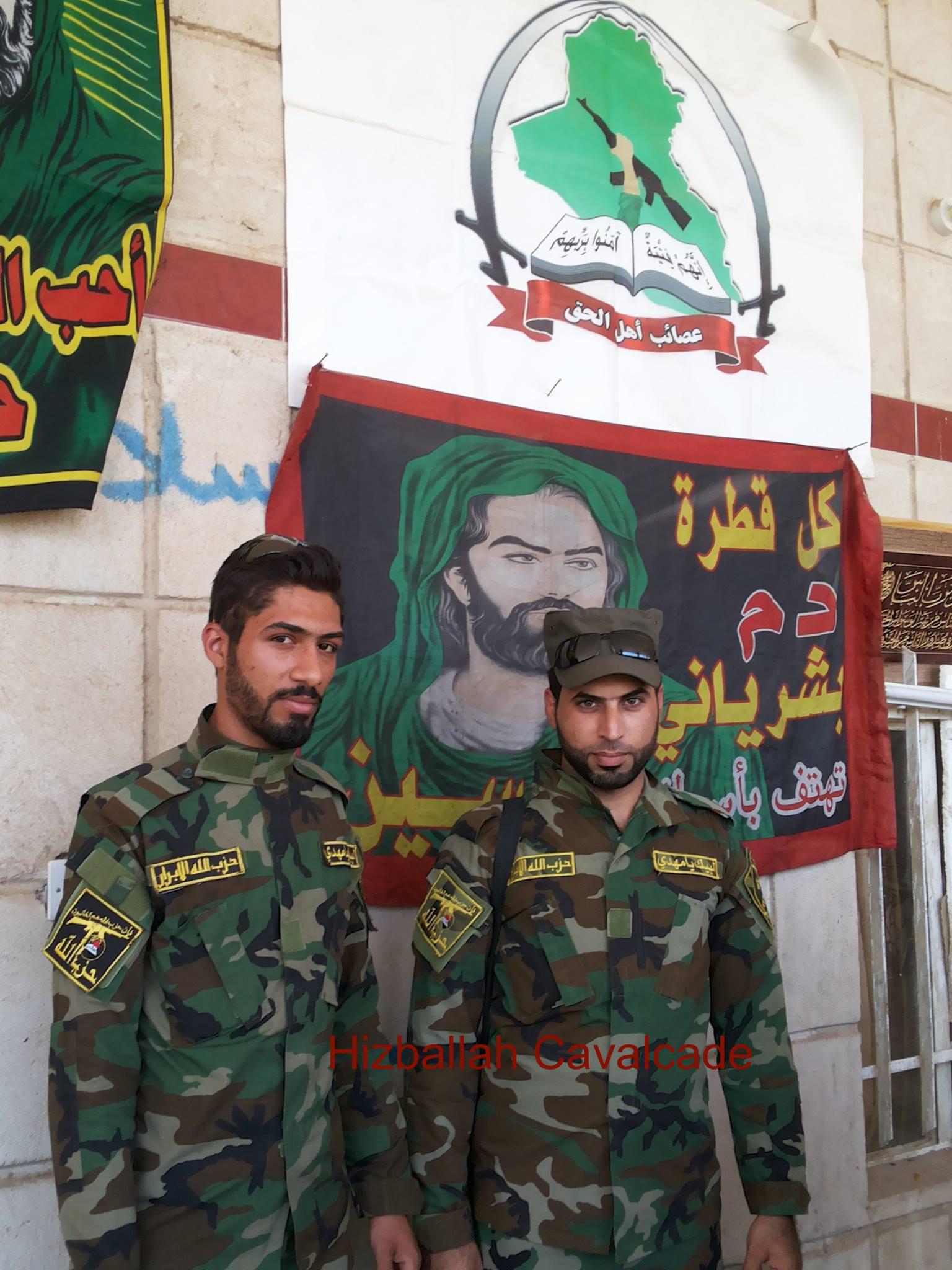
Figure 4: Two HAA fighters, Yasir al-Khazarji and Amir Sa’adi pose together under AAH and Shia religious banners. Note the HAA-specific arm patches.
Despite the fact that HAA has claimed to be positioned across diverse sections of Iraq, it has not stated the size of its force. Furthermore, the group’s quickly paced attempt to appear more professional online may demonstrate that the group will be further developed within Iraq’s Shia militia and political sphere. In fact, Sheikh al-Khaz’ali was pictured in an undated photograph with former Iraqi Prime Minister Nouri al-Maliki and other leaders from Iraq’s internal security forces and army.
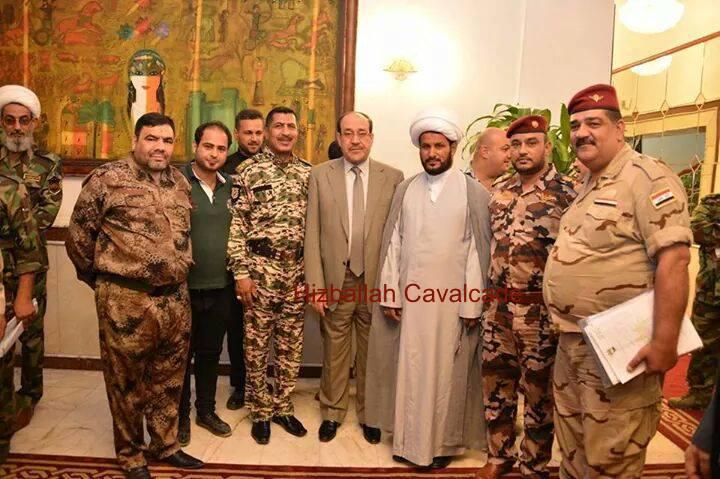
Figure 5(Right): Sheikh Khaz’ali is shown with a stylized Hizballah and Iraqi national flag.
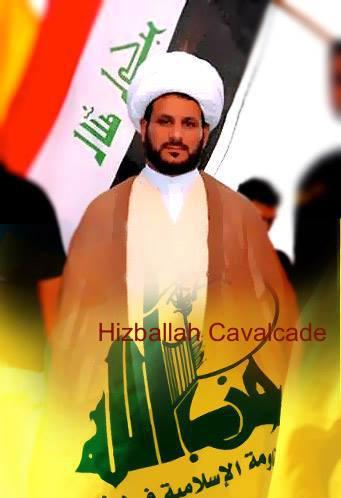
Figure 6 (Left): Sheikh Fadhel al-Khaz’ali poses with former Iraqi Prime Minister Nouri al-Maliki and others.
Thus far, the group has released a number of official statements. Below, a translated version of one statement dealing with “rumors” about ISIS penetrations of Baghdad, gives insight into the group’s worldview, including their anti-U.S. positions and opinions on fighting ISIS.

Figure 7: HAA fighters gather for a photograph.
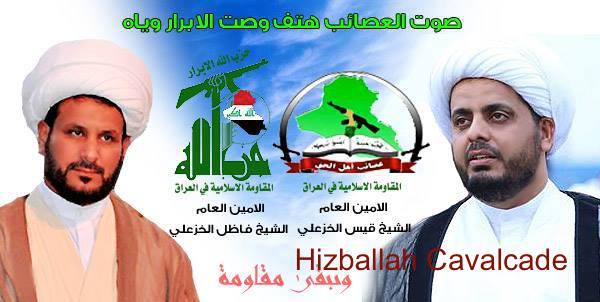
Figure 8: AAH and HAA leaders are pictured together.
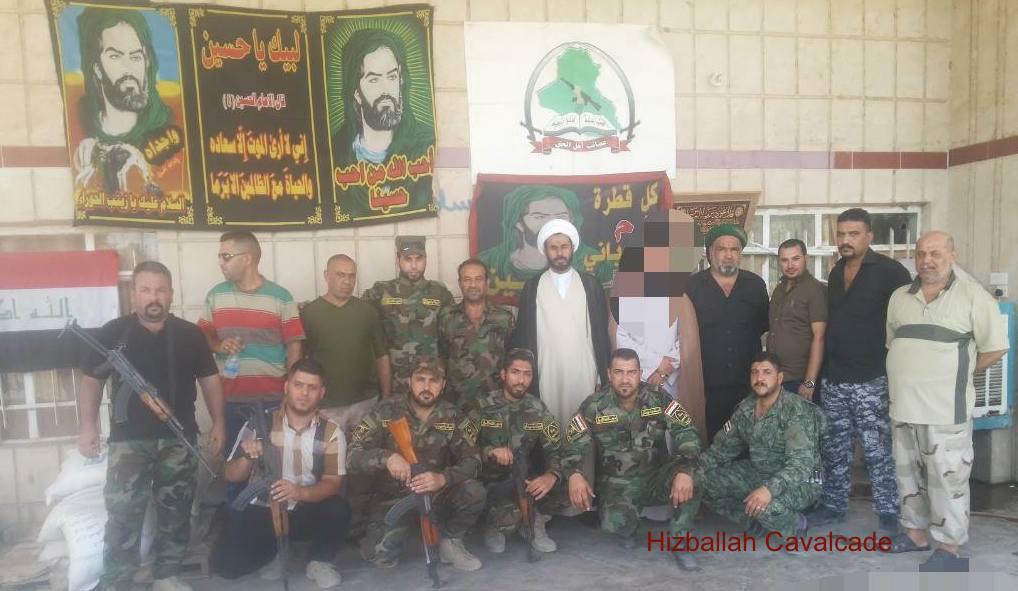
Figure 9: HAA central leadership and combatants pose under Shia religious and an AAH banner.
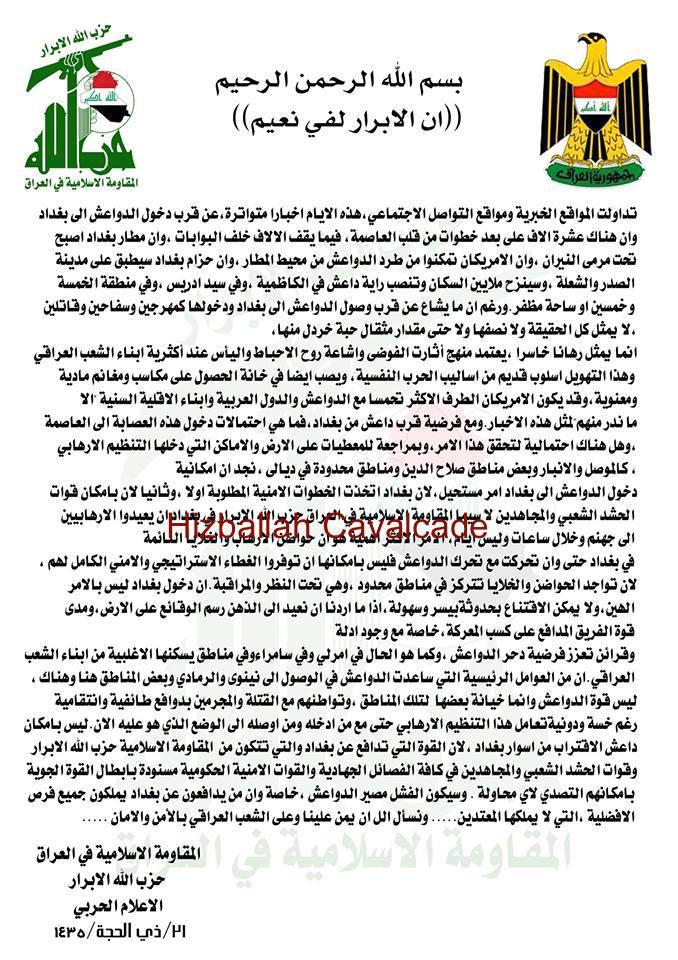
Figure 10: HAA announcement released on social media on October 18, 2014.
Translation of HAA’s October 18, 2014 Announcement*:
There are rumors on social media websites that ISIS is close to entering Baghdad and that there are tens of thousands [of ISIS fighters] steps away from the heart of the capital, while thousands of others are standing behind the gates. Rumors about Baghdad Airport being under fire, that the Americans were able to kick ISIS groups out from the outskirts of the airport, rumors that the belt of Baghdad will close up on the Sadr City and Al-Shu’ala, rumors that millions of residents will become refugees, and that the flag of ISIS will be set up in Khazimiya, in Sayyid Idris [an important Shia shrine south of Najaf] and in the area of Khamsa [a Baghdad neighborhood], Khamsin, or in Muzzafar Square [a central square in Sadr City]. Despite all of these rumors, the clowns, murderers, and killers from ISIS are not close to entering Baghdad. None of them [the rumors] represents a grain of truth.
These [rumors] represent a lost bet that aims to spread chaos, frustration, and misery among the majority of the Iraqi people. This fear mongering is an old method of psychological warfare, it also serves to allow certain material and symbolic games. Regarding the theory of ISIS closing up on Baghdad, the Americans might be the party that is the most excited along with ISIS, Arab countries, and members of the Sunni minority. What are the possibilities this gang will enter the capital and is there a possibility to achieve this?
By reviewing ground data in places where the terrorist organization has entered, such as Mosul, Anbar, some regions of Salah Ad-Din [province], and limited regions of Diyala, we find that it is impossible for ISIS to enter Baghdad, because Baghdad has taken the necessary security steps. Second, because the forces of the popular [militias] and jihadists groups, especially the Islamic Resistance in Iraq Hizballah al-Abrar in Baghdad, can send the terrorists back to hell within hours not days. The most important thing is that those who foster terror and sleeper cells in Baghdad, even if they move along with ISIS’s movement, will not be able to offer full strategic and security coverage for them, because those who foster these cells are based in limited areas which are under surveillance and observation.
Entering Baghdad is not easy and there is no way to be convinced that it will happen quickly and easily. Especially if we want to keep in mind all of the facts on the ground and take into consideration the strength of the defending group, especially since there is proof that crushing ISIS is a likelihood. As is the case in Amerli, Samarra, and areas inhabited by most of the Iraqi people, the main factors which helped ISIS to reach Nineveh [Province] and Ramadi and some regions here and there, is not the strength of ISIS but because of [their sneaky behavior] betrayal. They are betraying these regions by conspiring with murderers and criminals under sectarian and vengeful pretexts. ISIS cannot come close to the walls of Baghdad because the forces which are defending Baghdad and consisting of Hizballah al-Abrar, the forces of the popular movements, and the holy warriors in all jihadist cells, along with governmental and security forces, supported by the heroes of Iraqi Air Force, can confront any attempt to take Baghdad. The fate of ISIS will be failure, especially because the defenders of Baghdad have more privileges than the attackers…we ask God to protect us and the Iraqi people.
* Some sections have been edited so there is better flow in English. Additionally, ISIS is referred to as “Da’ish” in the original statement.
GUEST POST: Recriminations on Social Media Shed Light on Jabhat al-Nusrah's Inner Workings
NOTE: As with all guest posts, the opinions expressed below are those of the guest author and they do not necessarily represent the views of this blogs administrator and does not at all represent his employer at the Washington Institute for Near East Policy.
Jihadology.net aims to not only provide primary sources for researchers and occasional analysis of them, but also to allow other young and upcoming students as well as established academics or policy wonks to contribute original analysis on issues related to jihadism. If you would like to contribute a piece, please email your idea/post to azelin [at] jihadology [dot] net.
Click here to see an archive of all guest posts.
—
By Sam Heller
In late October, ex-Jabhat al-Nusrah shari’ah official Sultan bin Eissa al-Atwi made what had been private recriminations over Nusrah’s loss of its eastern Syria stronghold very public. Over Twitter and TwitMail, Al-Atwi released a hyper-critical open letter to the global jihadist community, and the letter in turn sparked a series of acrimonious rebuttals. The episode may have been the most public, detailed airing of grievances from members (or ex-members) of a single al-Qaeda branch since the splits in Somalia’s al-Shabab in 2013. Many of the points were personal and hyper-specific, often revolving around the leadership of Nusrah’s former top shar’i (religious-legal official)Abu Mariya al-Qahtani. To the extent that Abu Mariya has been identified with a specific intellectual and political strain within Nusrah, however, the personal here is also political. Even the most ad hominem elements of these texts, which I’ve translated below, reflect real divisions within Nusrah over its strategy and identity as it works to retain relevance opposite the Islamic State (IS). They also help us partially reconstruct the slow-motion fall of eastern Syria to IS.
For much of the first half of 2014, Jabhat al-Nusrah in al-Sharqiyah – eastern Syria, and primarily oil-rich Deir al-Zour – had waged a losing battle against IS (then the Islamic State in Iraq and al-Sham, ISIS). In May, Nusrah had taken the exceptional step of uniting with other Deir rebels (including “Free Syrian Army” elements) to form the Mujahideen Shura Council and defend the province against IS, yet IS continued to make headway. By the summer, IS had effectively encircled Deir and was picking off outlying towns. Still, it was only after IS staged its dramatic June surge in Iraq, including the capture of Mosul, that Deir resistance to IS really imploded. IS quickly funneled the advanced weaponry it had captured from a collapsing Iraqi army back to Deir al-Zour, using it to totally crush rebel and jihadist resistance. By July, IS had taken all of Deir al-Zour and linked its Syrian holdings in Aleppo and al-Raqqa with Iraq’s al-Anbar.
More than any other part of Syria, it was the East where Jabhat al-Nusrah had been the undisputed dominant force. When IS took the province, Nusrah lost its desert stronghold, as well as the province’s lucrative oil fields. Those members left alive were forced to flee across the al-Badiyah desert to western Syria.
Among them was Saudi national Sultan bin Eissa al-Atwi (AKA Abu al-Leith al-Tabbuki). Al-Atwi had been one of Jabhat al-Nusrah’s top officials in the East. He had reportedly risen from a shari’ah official and judge to become al-Nusrah’s emir (commander) for the al-Shamiyah (western) bank of the Euphrates River. He was also one of Jabhat al-Nusrah’s most prominent representatives on social media, sometimes to al-Nusrah’s chagrin – al-Atwi was occasionally accused of inflaming the escalating conflict with IS with his public belligerence.
Two other Nusrah shar’is in the East who enjoyed similar prominence were Kuwaiti Ali al-Arjani (AKA Abu Hassan al-Kuwaiti) and Iraqi Maysar al-Jubbouri (AKA Abu Mariya al-Qahtani, al-Gharib al-Muhajer). The latter was, at the time, Nusrah’s top shar’i and reportedly one of its top officials and strategists. He seems to have since stepped down (or been pushed aside) in favor of the Jordanian Dr. Sami al-Oreidi, but he reportedly continues to steer events in the southern province Dara’a (more on which later).
In July, it was announced that al-Atwi had been removed from his leadership position and expelled from Nusrah. Abu Hassan seemed to (obliquely) deny this at the time, but all parties now seem to have confirmed that al-Atwi either quit or was run out of Nusrah in June / July of this year. Al-Atwi himself didn’t confirm that he had left Nusrah until October, about the time he began to take a more critical tone with Nusrah and advocate more forcefully for a truce with IS. This came amid a new wave of prominent jihadists inside and outside Nusrah defecting publicly to IS.
Still, it was al-Atwi’s 23 October open letter, promoted with the hashtag “#لله_ثم_للجهاد” (#For_God_Then_the_Jihad), that really set off this ugly public back-and-forth. Al-Atwi accused the commanders of Eastern Nusrah of, among other things: disregarding the leadership of Nusrah leader Abu Muhammad al-Jolani; acting as a tool of the al-Shuheil clan; squandering oil wealth; indulging corrupt and useless FSA partners; posing on Twitter instead of leading their troops; and obsessing over IS, both dragging all of Deir into a losing war and unjustly purging their own ranks of those tarred as “Dawa’ish” (IS members or supporters). Al-Atwi spools out a narrative in which he was one of the lone voices of right and reason. He maintains that he fought IS until the end, but he acknowledges that he pushed for some sort of truce and encouraged Deir locals to take deals if offered. Since fleeing to Dara’a, he claims to have been targeted by vindictive members of Eastern Nusrah after repeatedly complaining about Abu Mariya to al-Oreidi.
The key rebuttals to al-Atwi are translated below, including angry tweets from Abu Mariya and al-Atwi’s erstwhile friend Abu Hassan. The most interesting comes from Abu Omar al-Ageidi, an East Nusrah media representative who writes a really lacerating takedown of al-Atwi. Al-Ageidi’s narrative centers on a craven al-Atwi who was out of his depth as a military commander and who repeatedly betrayed his comrades by undermining morale in the fight against IS.
The truth is likely somewhere in between the point and counterpoint. You hardly need al-Ageidi to mock al-Atwi’s three (!) self-aggrandizing poems to realize that al-Atwi’s account is not perfectly objective. Al-Atwi claims, for example, that Eastern Nusrah’s leadership never played an active role in military planning or command, “they only used to take pictures of themselves ‘planning.’” In May, of course, Nusrah had released photos of commanders “planning” featuring Abu Mariya and, surprise, al-Atwi. It seems reasonable to assume that al-Atwi is motivated by animus towards Eastern Nusrah’s commanders and Abu Mariya in particular, whom he portrays as a sort of desert Ahab in his obsessive campaign against IS.
And yet many of al-Atwi’s points, both in broad terms and on the particulars, seem to have some basis – at least enough to take them seriously when looking at Nusrah and the East. The oil trade in Deir al-Zour was, by all accounts, a mess of tribal influence and corruption. Jabhat al-Nusrah had indeed been identified with the al-Shuheil. And al-Atwi is probably right that, by mid-summer, the fight against IS in the East was a lost cause. IS was riding high from its successive, dramatic gains, and the East’s rebels had seen all their supply lines cut. When al-Atwi talks about the Nusrah commanders in Albukamal who pledged allegiance to IS and paved the way for IS to take the border town, he says sympathetically that they made “the appropriate decision… the lesser of two evils” – and he’s arguably correct. By that point, taking a really unyielding stand against IS probably would have been suicide.
Some of al-Atwi’s critiques of Abu Mariya also seem worth reading closely. Abu Mariya has an influence and appeal in Syria that goes beyond Nusrah. He also,

